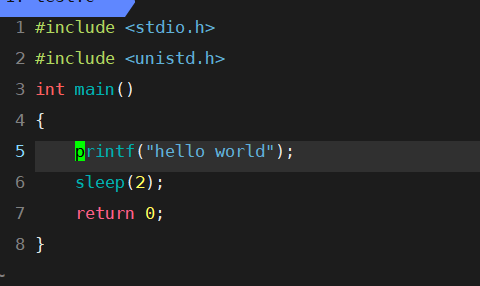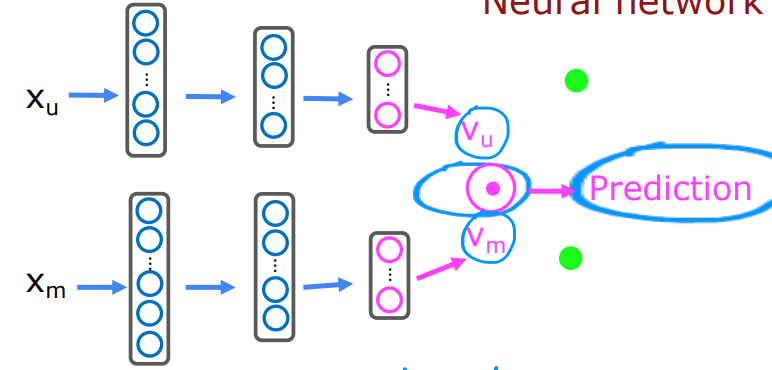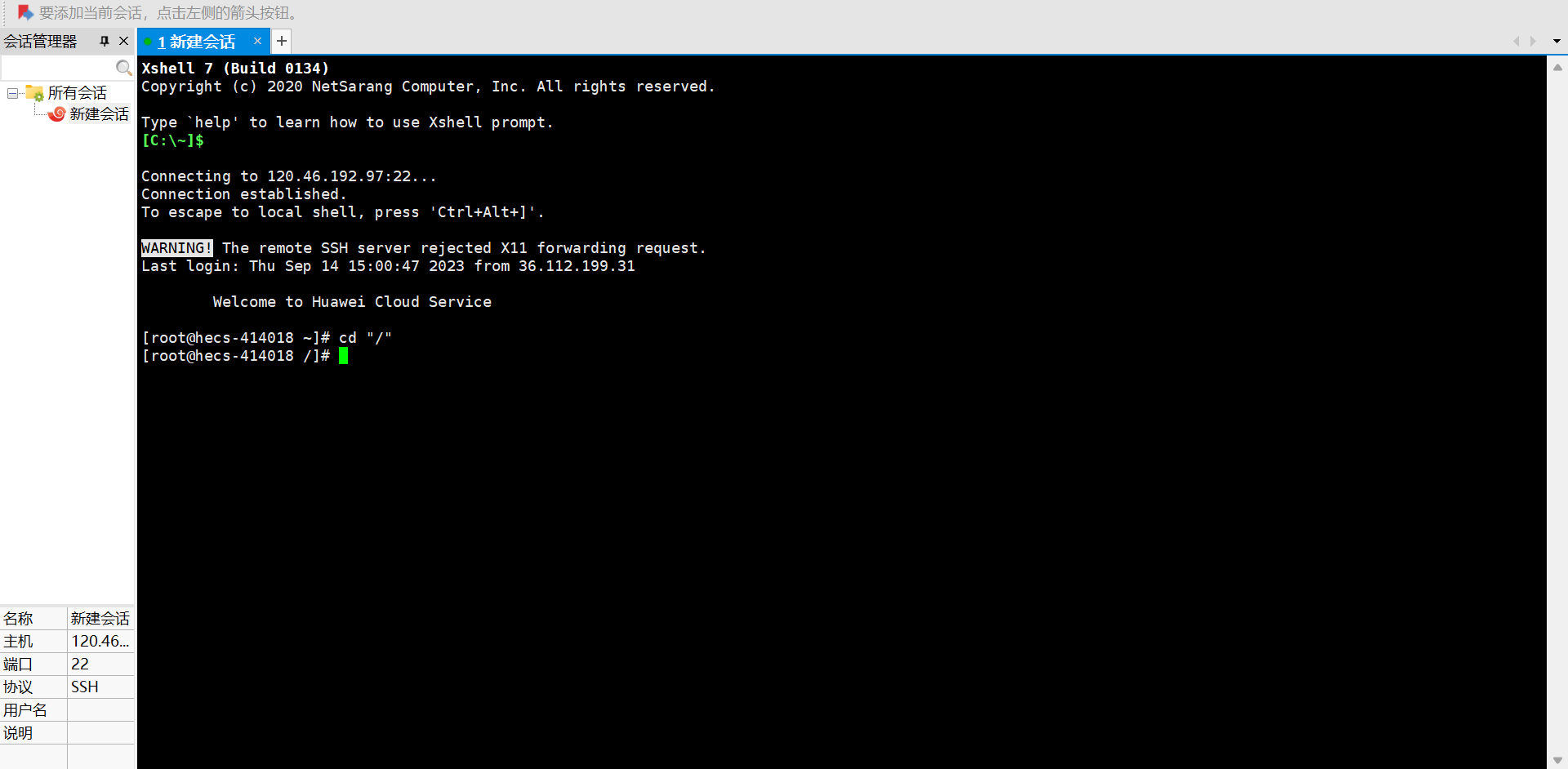论文:Encoder-Decoder Based Convolutional Neural Networks with Multi-Scale-Aware Modules for Crowd Counting

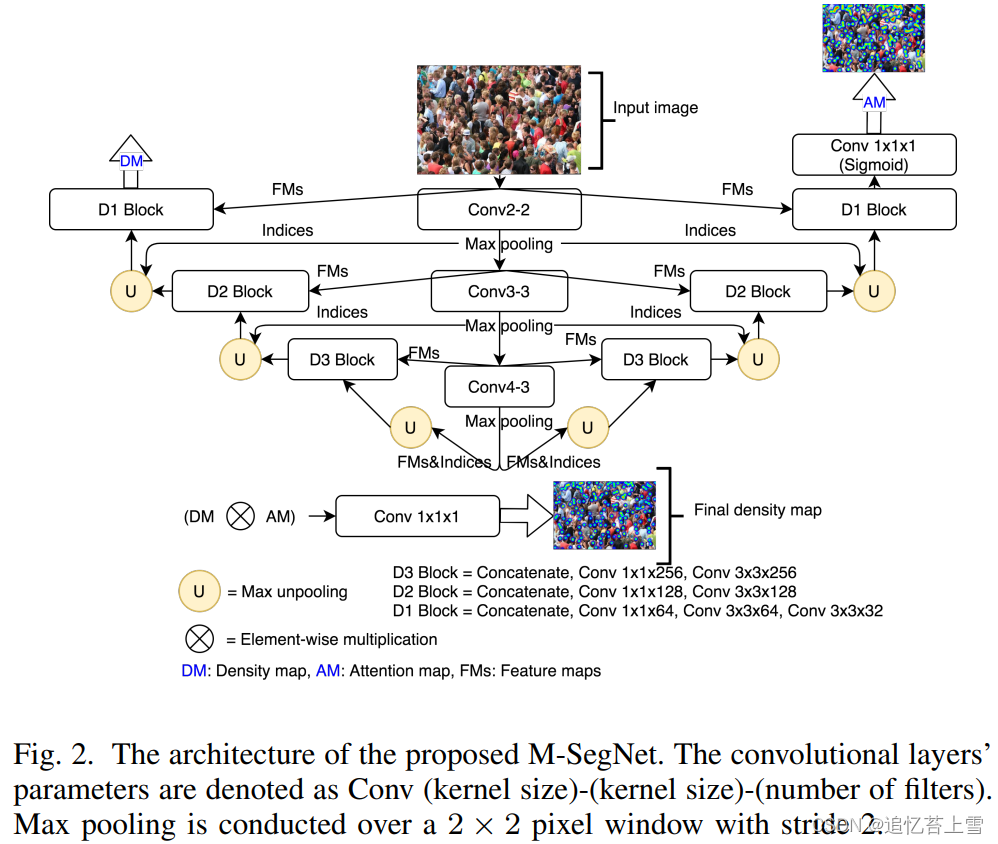
论文链接:https://arxiv.org/abs/2003.05586
源码链接:GitHub - Pongpisit-Thanasutives/Variations-of-SFANet-for-Crowd-Counting: The official implementation of "Encoder-Decoder Based Convolutional Neural Networks with Multi-Scale-Aware Modules for Crowd Counting"
框架结构:基于点标签的目标检测与计数深度学习框架盘点-CSDN博客
本文中使用到的框架:
利用贝叶斯损失(Bayesian loss, BL)的人群计数: GitHub - ZhihengCV/Bayesian-Crowd-Counting: Official Implement of ICCV 2019 oral paper Bayesian Loss for Crowd Count Estimation with Point Supervision
SFANet: GitHub - pxq0312/SFANet-crowd-counting: This is an unofficial implement of the arXiv paper Dual Path Multi-Scale Fusion Networks with Attention for Crowd Counting by PyTorch.
上下文信息提取CAN: GitHub - weizheliu/Context-Aware-Crowd-Counting: Official Code for Context-Aware Crowd Counting. CVPR 2019
要完成UCF-QNRF数据集训练代码,参考:GitHub - ZhihengCV/Bayesian-Crowd-Counting: Official Implement of ICCV 2019 oral paper Bayesian Loss for Crowd Count Estimation with Point Supervision
要完成Shanghaitech数据集训练代码,参考:GitHub - pxq0312/SFANet-crowd-counting: This is an unofficial implement of the arXiv paper Dual Path Multi-Scale Fusion Networks with Attention for Crowd Counting by PyTorch.
M-SFANet和M-SegNet实现参考框架中的models部分:https://github.com/Pongpisit-Thanasutives/Variations-of-SFANet-for-Crowd-Counting/tree/master/models
数据集
来自工程readme文件,为了再现论文中报告的结果,可以使用这些预处理的数据集。尚未完成,并可能在未来更新。
使用高斯核处理过的Shanghaitech B 数据集:https://drive.google.com/file/d/1Jjmvp-BEa-_81rXgX1bvdqi5gzteRdJA/view

贝叶斯处理(处理方式和GitHub - ZhihengCV/Bayesian-Crowd-Counting: Official Implement of ICCV 2019 oral paper Bayesian Loss for Crowd Count Estimation with Point Supervision一样)过的Shanghaitech datasets (A&B):https://drive.google.com/file/d/1azoaoRGxfXI7EkSXGm4RrX18sBnDxUtP/view
![]()
Beijing-BRT dataset(源自GitHub - XMU-smartdsp/Beijing-BRT-dataset):https://drive.google.com/file/d/1JRjdMWtWiLxocHensFfJzqLoJEFksjVy/view
![]()
预训练权重
Shanghaitech A&B:https://drive.google.com/file/d/1MxGZjapIv6O-hzxEeHY7c93723mhGKrG/view

测试可视化代码应该使用UCF_QNRF数据集上的预训练M_SegNet*:https://drive.google.com/file/d/1fGuH4o0hKbgdP1kaj9rbjX2HUL1IH0oo/view(M_SFANet*预训练权重也包含在内)
![]()
案例demo
下面是一个测试案例,使用UCF-QNRF数据集上的预训练M-SFANet*去计数图片中的人。
测试图片是./images/img_0071.jpg(来自UCF-QNRF测试集)
import cv2
from PIL import Image
import numpy as npimport torch
from torchvision import transformsfrom datasets.crowd import Crowd
from models import M_SFANet_UCF_QNRF# Simple preprocessing.
trans = transforms.Compose([transforms.ToTensor(), transforms.Normalize([0.485, 0.456, 0.406], [0.229, 0.224, 0.225])])# An example image with the label = 1236.
img = Image.open("./images/img_0071.jpg").convert('RGB')
height, width = img.size[1], img.size[0]
height = round(height / 16) * 16
width = round(width / 16) * 16
img = cv2.resize(np.array(img), (width,height), cv2.INTER_CUBIC)
img = trans(Image.fromarray(img))[None, :]model = M_SFANet_UCF_QNRF.Model()
# Weights are stored in the Google drive link.
# The model are originally trained on a GPU but, we can also test it on a CPU.
# For ShanghaitechWeights, use torch.load("./ShanghaitechWeights/...")["model"] with M_SFANet.Model() or M_SegNet.Model()
model.load_state_dict(torch.load("./Paper's_weights_UCF_QNRF/best_M-SFANet*_UCF_QNRF.pth", map_location = torch.device('cpu')))# Evaluation mode
model.eval()
density_map = model(img)
# Est. count = 1168.37 (67.63 deviates from the ground truth)
print(torch.sum(density_map).item())运行上述代码结果如下



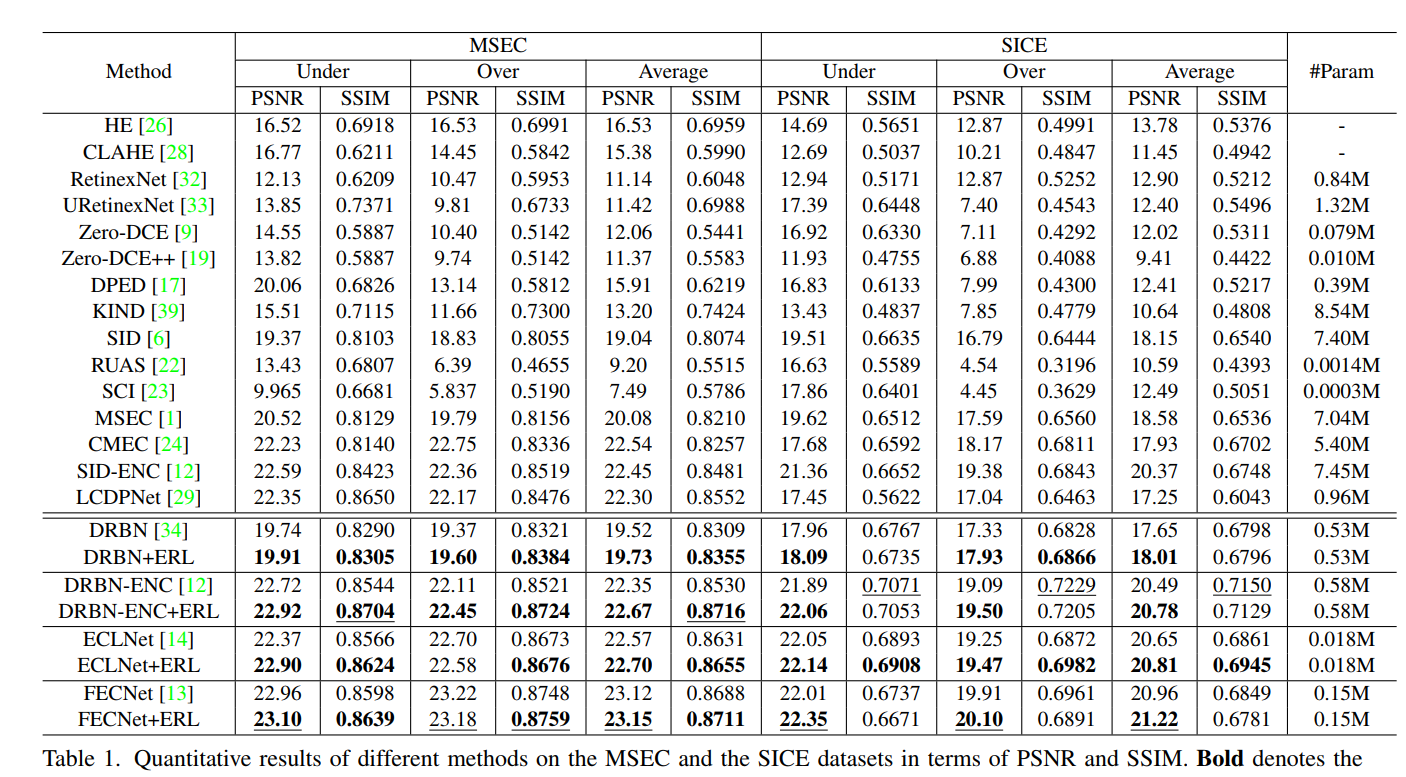
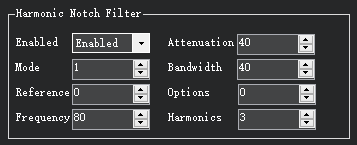

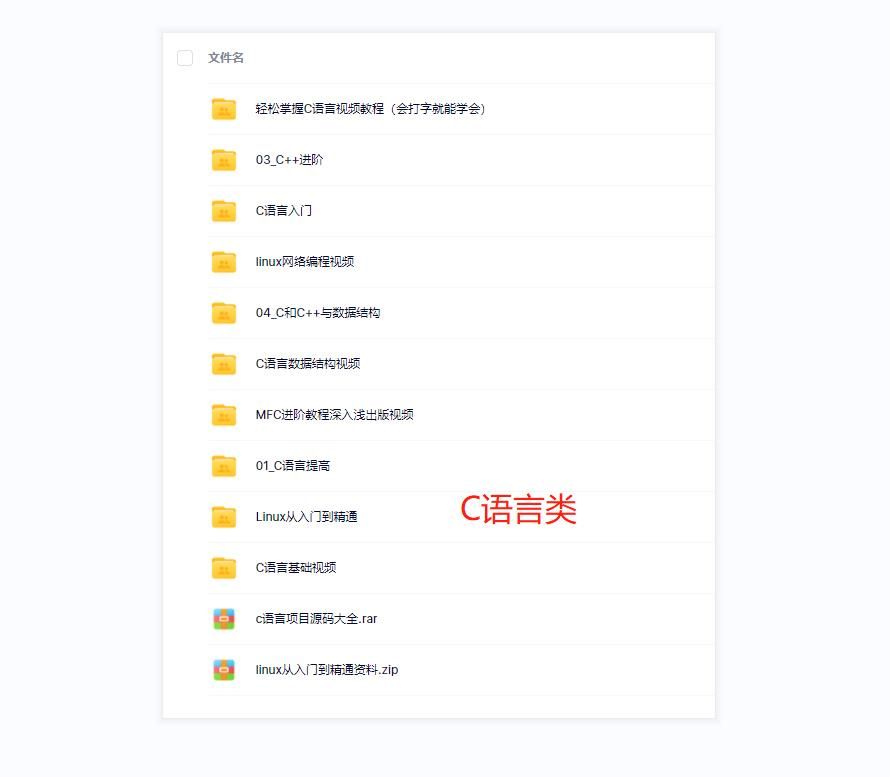
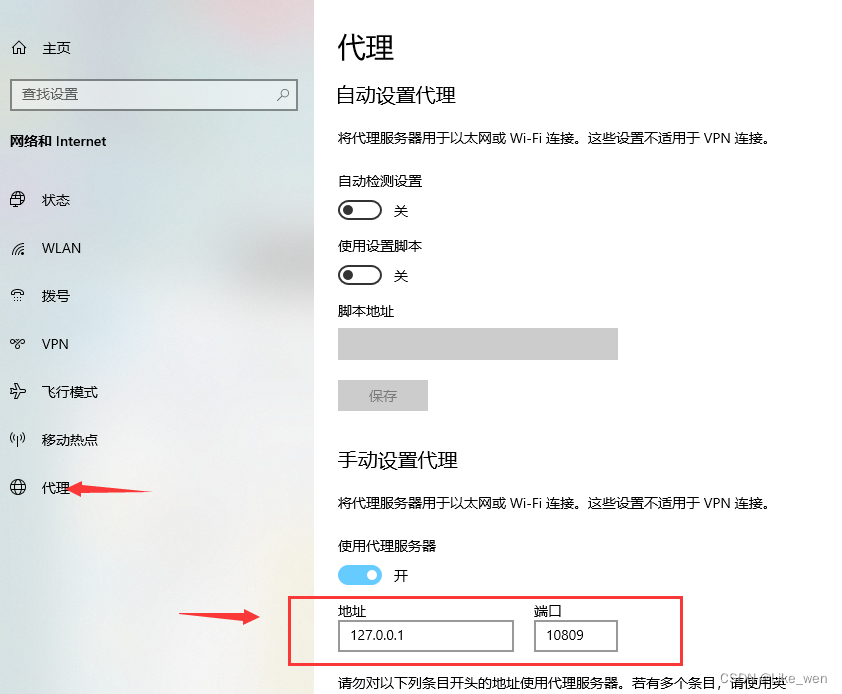





![[GSEP202306 一级] C++ 时间规划](https://img-blog.csdnimg.cn/6131aae391834d87bf72fc4eb52d7e58.png)

